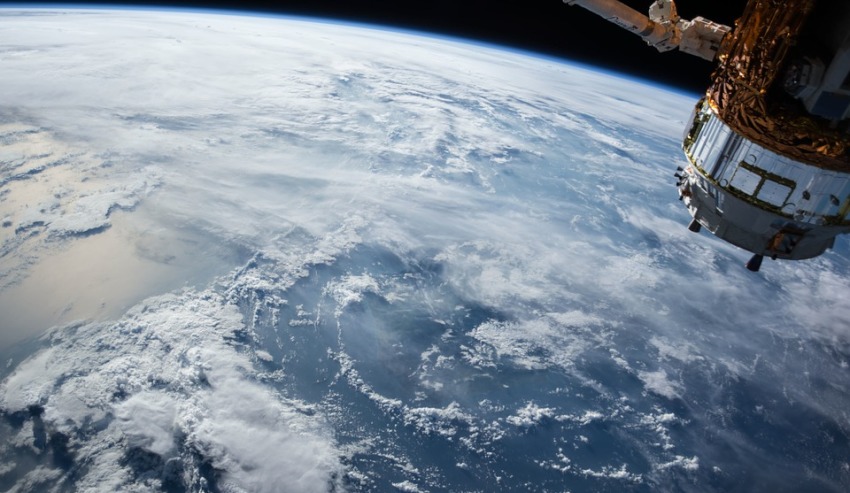The co-operation with NASA, announced by GSFC deputy director for research and technology investments Christyl Johnson, will help to build Australia’s space industry by developing leading-edge technology and expertise with the partners involved in the SmartSat project.
These include University of South Australia, Safety from Space, Myriota, Black Art Technologies, Flinders University, and the Australian Maritime Safety Authority.
Johnson welcomed the collaborative agreement, saying, "We’re proud to lend the engineering expertise of our Search and Rescue office as SmartSat CRC works on next-generation rescue technologies."
NASA’s Search and Rescue office is led by mission manager Lisa Mazzuca, who attended the Australian Space Forum in Adelaide with Johnson in February this year, when initial concepts of the projects were discussed.
"This collaboration is part of a more systematic and broader activity between NASA GSFC and SmartSat CRC and opens the door to a lot of possibilities for the Australian space community. We are delighted to be partnering with Goddard’s Search and Rescue office, joining their push towards the moon and beyond," explained SmartSat CEO and managing director Professor Andy Koronios.
Specifically, the SmartSat research team, led by Safety from Space’s co-founder Dr Mark Rice, will propose new designs for the waveform of the 406 MHz signal sent by beacons through the Cospas-Sarsat network.
Dr Rice added, "These new designs will further modernise second-generation beacons, taking advantage of encoding techniques not available when the Cospas-Sarsat network was developed in the 1970s. This will enable possibilities for new initiatives for users, emergency management professionals and first responders."
Future phases of the SmartSat collaboration could support exploration initiatives like the Artemis missions, which will return humans to the moon for the first time since Apollo.
NASA embraces partnerships to empower the agency’s missions while passing the benefits of space science and technology to everyone on Earth. This collaboration with SmartSat CRC is one example of the innovations that result from exploring together.
NASA will equip Artemis astronauts with second-generation beacons for use in the event of egress from capsule after splashdown or a launch abort scenario. The Search and Rescue team is working to extend beacon services to the lunar surface with the LunaNet communications and navigation architecture.
The SmartSat Cooperative Research Centre brings together over 100 national and international partners who have invested over $190 million, along with $55 million in federal government funding under its Cooperative Research Centres Program, in a $245 million research effort over seven years.
Working closely with the Australian Space Agency, SmartSat will make a strong contribution to the Australian government’s goal of tripling the size of the space sector to $12 billion and creating up to 20,000 jobs by 2030.
Priority industry sectors for SmartSat include telecommunications, agriculture and natural resources, transport and logistics, mining, and defence and national security.

